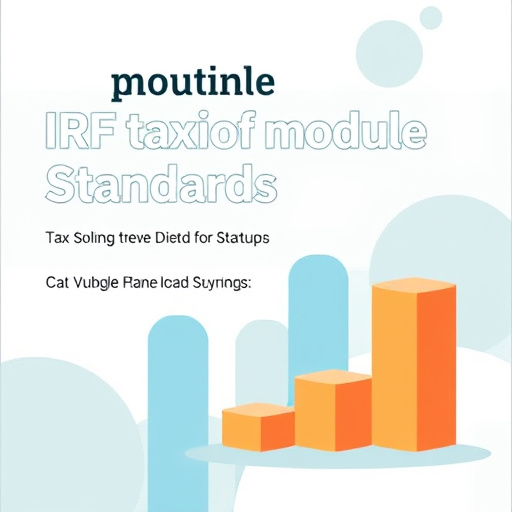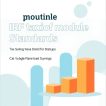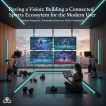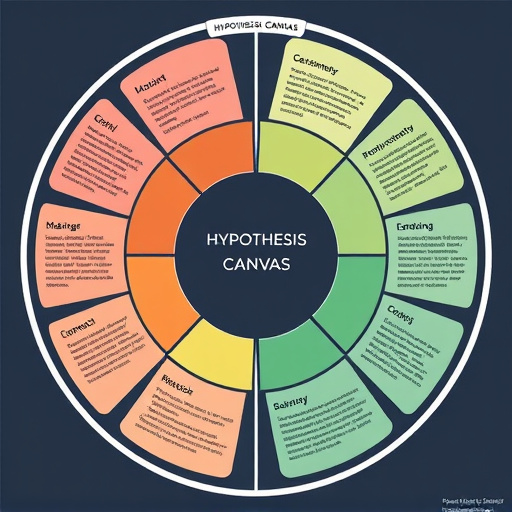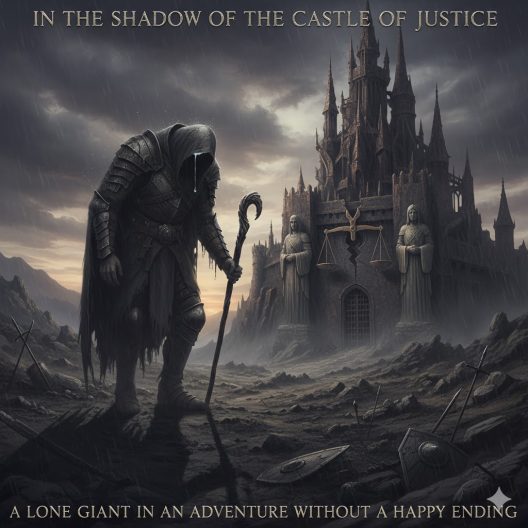The genesis of an idea starts when every world-changing product, service, and company begin as a flicker of thought. For centuries, the process of nurturing that idea has been fundamentally human: brainstorming, debating, prototyping, and ultimately gambling on its success in the real world. This process is slow, expensive, and fraught with risk. The infamous statistic that 90% of startups fail is a stark testament to the difficulty of predicting what will truly work.
But what if we could de-risk this process? What if we could generate more robust ideas and, crucially, test them in a simulated reality before writing the first check or writing the first line of code? This is the new frontier of innovation, where the power of Artificial Intelligence (AI) converges with established strategic frameworks like the Business Model Canvas (BMC) and the scientific rigor of the Hypothesis Canvas. We are on the cusp of rewriting the very DNA of idea generation and validation.
Traditionally, idea generation has been limited by our own cognitive biases and experiences. We solve problems we understand, in ways we are familiar with. The new generation AI shatters these constraints.
The Co-Pilot in idea generation
The initial spark of an idea will always be human. It’s the frustration with a daily annoyance, the dream of a better world, the flash of insight in the shower. Yet, nurturing that spark has often been a lonely and biased process. We tend to fall in love with our first solution, seeking out information that confirms our genius while overlooking fatal flaws.
This is where AI enters not as a cold calculator, but as a boundless creative partner. Imagine a tool that can instantly connect a breakthrough in nanotechnology with a persistent problem in sustainable agriculture or one that can tirelessly role-play, critiquing your new financial app through the eyes of a skeptical grandparent, an enthusiastic college student and a ruthless investor all within seconds.
AI’s power in idea generation isn’t about replacing human creativity; it’s about supercharging it. It acts as a co-pilot that challenges our assumptions, connects disparate dots across the entire spectrum of human knowledge, and offers perspectives we could never have conceived alone. It helps us move from a good idea to a robust, well-interrogated one before we have even left the whiteboard.
The unchanging value of Frameworks
A brilliant, swirling cloud of an idea is beautiful but useless for testing. To subject our concepts to any form of analysis, we must first give them a structure. This is the enduring genius of tools like the Business Model Canvas (BMC) and the Hypothesis Canvas. They are the translators between the chaos of creativity and the logic of simulation.
The BMC forces us to tell the complete story of our idea on a single page. How do we create value? Who are we creating it for? How will we reach them and make money? It paints a holistic picture of the entire ecosystem of the business.
The Hypothesis Canvas then adds a layer of scientific rigor. It forces us to move from vague beliefs to precise, testable predictions. Instead of saying “customers will love our easy-to-use app”, we are compelled to write: “We believe that time-poor small business owners will achieve a measurable outcome of saving 5 hours per week by using our automated invoice processing feature”. This shift from assumption to hypothesis is critical. You cannot test a feeling, but you can test a prediction.
The crystal ball: Simulating reality
This is where the magic truly happens. Once our idea is structured into a BMC and articulated as a set of hypotheses, it is ready for the laboratory. We are now building powered simulators, digital crystal balls that can model the fate of our ideas in a synthetic world.
Imagine feeding your business model into a sophisticated engine. This doesn’t just crunch numbers; it has been trained on vast amounts of economic, social, and behavioral data. It then populates a virtual market with thousands of “Agents”, digital proxies for your target customers, each with their own simulated preferences, budgets and quirks.
You then set your idea loose in this world. The simulator runs not once, but thousands of times, observing how these digital consumers react. The output is a profound and detailed conversation with a possible future.
It tells you more than just success or failure. It might reveal that your target customers are captivated by a secondary feature you considered minor. It could show that your premium pricing is a barrier, but a slightly lower price with an add-on service would be a runaway success. It can predict cash flow crunches months in advance and flag operational bottlenecks you never anticipated. This is no longer a spreadsheet forecast; it’s a dynamic, immersive stress test of your entire business concept.
A new conversation with the future
So, what does this new process look like in practice? It feels less like a linear checklist and more like an evolving conversation.
It starts with a human problem, the desire for more sustainable consumption, for instance. AI helps brainstorm and challenge, suggesting a subscription service for compostable products with a unique collection loop for used items. We then structure this concept using the Business Model Canvas, turning our insights into concrete hypotheses about customer behavior and revenue.
Finally, we introduce our plan to the simulator. That comes back with a surprising insight: while customers love the product, the all-inclusive price is wrong. They are more willing to pay for the convenience of the collection service than the products themselves. The simulator has just reframed our entire value proposition, turning a product company into a service-led solution, all before a single prototype was built.
Conclusion: From gamblers to architects
The convergence of AI, the Business Model Canvas, and the Hypothesis Canvas marks a fundamental shift in how we innovate. We are moving from being gamblers, hoping our idea is the one that beats the odds, becoming architects, using powerful tools to model and stress-test our designs before we break ground.
This doesn’t dehumanize the process; it elevates it. The vision, the passion, the drive to solve human problems, these remain the sacred domain of the human spirit but now, we can arm that spirit with profound insight. We can fail fast, cheaply, and learn exponentially in a digital sandbox, ensuring that when we finally step into the real world, we do so not with a prayer, but with a validated blueprint for success. We are rewriting the story of innovation, and the new narrative is one of informed confidence.
